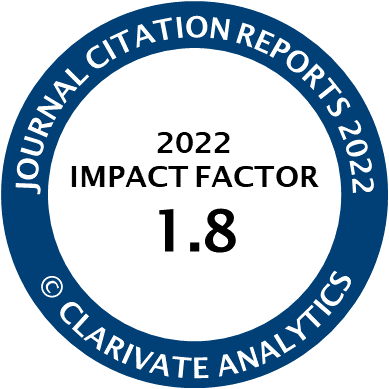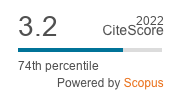Article | Open Access
Sustainable Heritage Preservation to Improve the Tourism Offer in Saudi Arabia
| Views: | 1467 | | | Downloads: | 1286 |
Abstract: In recent years Saudi Arabia has launched many campaigns to promote a model of global excellence to be a pioneer in future growth. As part of the Kingdom of Saudi Arabia’s National Vision 2030, the country encourages the improvement of national quality services based on the commitment of the government to build up a prosperous country, starting with the valorisation of local traditions. In particular, the Saudi, Arab, and Islamic heritage, built by an ancient civilisation and deeply rooted in the country’s history, is currently valorised to strengthen the national identity of local Arab values. The country aspires to preserve heritage sites and the local environment by promoting hospitality services for tourism. In the last years, Muslim pilgrims and all visitors to heritage sites entering the country from abroad have reached eight million people, tripling the numbers in the last decade. The government has started many initiatives and promoted many urban planning processes, programmes, and projects to enhance the touristic offer. The intent is to reach a sustainable approach to target the healthy growth of the country and the Saudi Arabian cities. The article presents some interventions that are currently under development to pursue the Saudi Vision 2030 and its goals. The recent third expansion of the Two Holy Mosques, the modernization of national airports, and the Mecca Metro project to complement the railroad and train public transportation offer will be presented and discussed as part of the national strategy to achieve a sustainable economy and tourism.
Keywords: healthy cities; public health; Saudi Arabia; sustainable economy; urban planning; walkability
Published:
© Silvia Mazzetto. This is an open access article distributed under the terms of the Creative Commons Attribution 4.0 license (http://creativecommons.org/licenses/by/4.0), which permits any use, distribution, and reproduction of the work without further permission provided the original author(s) and source are credited.




